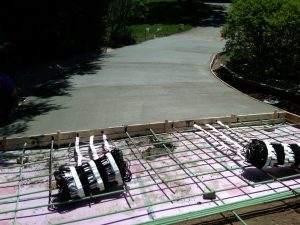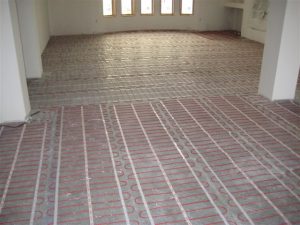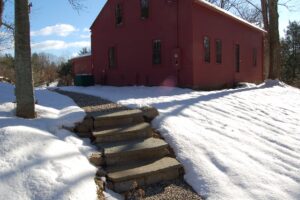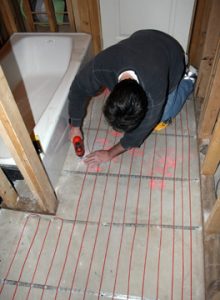Location: Idaho
Solution: ClearZone Snowmelt System
Thanks for supplying my customer with exactly what they needed. Living in multiple locations, the weather-censored concrete heating system you offer was the perfect match for my Boise, Idaho homeowners. Being new to this type of installation, I expected things to be a little more complicated. A few phone calls after receiving the product within days made the job simple to install.
I would have to say that customer service with your company was by far second to none. I look forward to doing business with you in the future and referring you on to homeowners with snow melting needs.
A sincere thank you,
Cody D. – Owner, Perfection Construction




